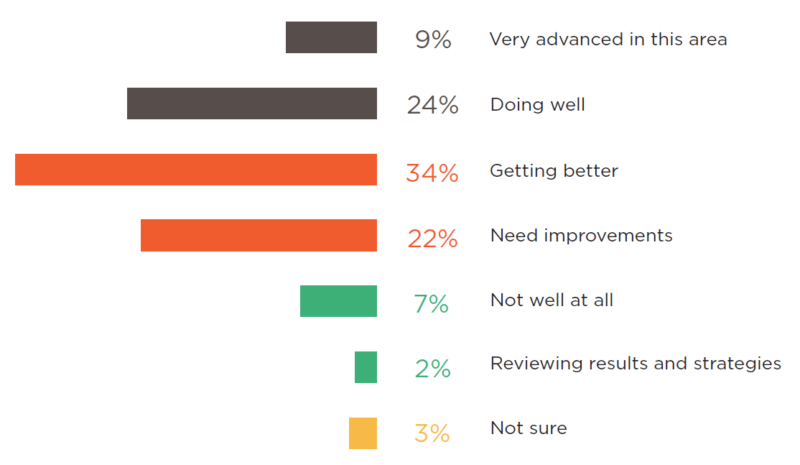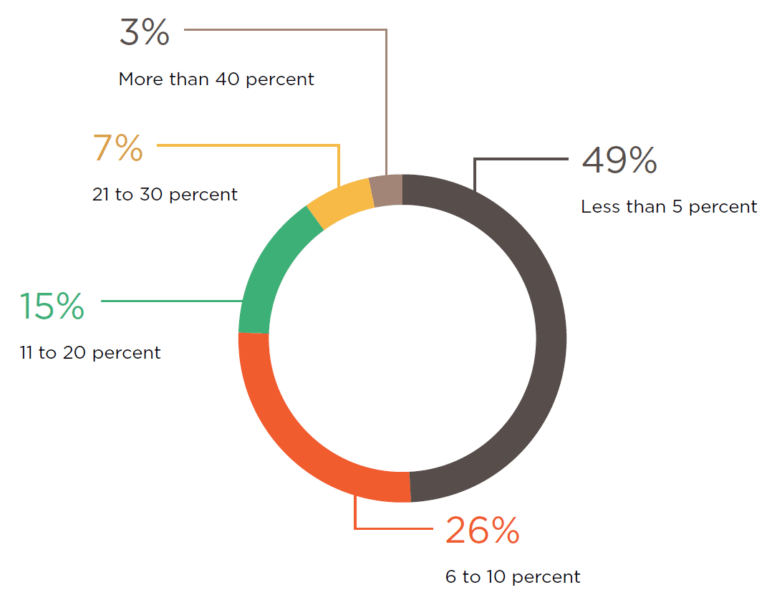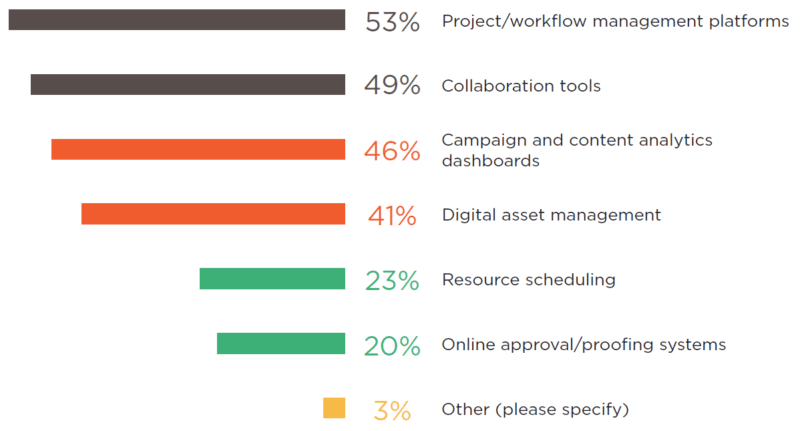The CMO council found 75% of marketers invest less than 10% of budgets in localization needs, even though 63% are unsatisfied with efforts.

According to a recent report from The CMO Council, 63 percent of marketers said their teams were either “getting better,” “need improvement” or doing “not well at all” at localizing branded content for different markets. At the same time, a wide margin of the marketers — 75 percent — are spending 10 percent or less of their budgets on localization needs.
Joining forces with HH Global, the CMO Council polled a relatively small pool of marketers for its “Age of the Adaptive Marketer” report. The findings are based on 150 completed surveys from marketing executives in a range of industries, in addition to anecdotal comments from interviews with C-level executives from Pepsi, Chobani and Starwood Hotels and Resorts.
The CMO Council said the aim of the report was to, “… ignite a much-needed dialogue around new platforms, opportunities and mandates for rapid deployment and expansion of market localization across all creative adaptation programs.”
Of the 150 marketers surveyed, the largest majority — 63 percent — rated their efforts as either “not doing well at all,” “need improvement,” or “getting better” when asked how effectively they adapt, modify and/or localize branded content for different markets, audiences, partners and geographies.
Just over one-third gave themselves high marks, claiming their organizations were “very advanced” or “doing well” with their localization efforts.
How effectively do you adapt, modify and/or localize your branded content for different markets, audiences, partners and geographies?

Only 20 percent of respondents claimed to be satisfied with their organization’s supply chains and creative delivery processes around localized, and relevant, branded content.
Sixty-nine percent of the respondents said they were “getting better,” “need improvement” or or “not good at all” when assessing the speed, responsiveness and capability of their agency or in-house team around global and local marketing execution requirements. Only one-third of the marketers surveyed ranked their organization as “very advanced” or “doing well” in this area.
Meanwhile, even though most of the marketers surveyed felt their localization efforts were lacking, 75 percent reported they spend 10 percent or less on localization needs.
What percentage of your marketing budget is allocated for creative adaptation and cross-cultural localization?

When asked what tools they are using to manage and track output of content, 53 percent said they use project management platforms, 49 percent were using collaboration tools, and 46 percent were using campaign and content analytics dashboards.
Other technologies listed included DAMs, scheduling systems and approval and proofing systems.
What tools is your marketing team or agency using to properly manage and track output?

The report included interviews with three C-level executives from well-know brands — Pepsi, Chobani and Starwood Hotels and Resorts (recently bought by Marriott International).
Starwood’s former VP of global brand design, Jennifer McCarthy, said her organization was able to decrease its spending around localized branded content by nearly $3 million after launching an asset-building tool developed in-house in 2012.
“It is a dynamic web-based tool that allowed hotels to customize their marketing assets like banner ads; however, it is also a proprietary tool that was only available to its 1,500 hotels and regional marketing teams,” says McCarthy, “The tool had a unique component that allowed users to view the interface in eight different languages and create customized marketing content in over 20 languages.”
While McCarthy’s localization technology served a global organization with 11 international brands under its umbrella, Chobani’s CMO, Peter McGuinness, pointed out that localization efforts also apply to domestic content.
McGuinness says distributing one message across the US may be efficient in terms of cost-per-1,000 perspectives, but basing efficiency on the number of “eyeballs reached” isn’t an adequate measure of success.
“The 50 states are not always the united 50 states of America,” says McGuinness, “There are different points of view, consumers, socioeconomic backgrounds, race and ethnicity ratios and histories to all of the states.”
Chobani’s CMO says he does whatever it takes — whether it is geotargeted social, local cable, radio or newspapers, email or direct mail — to generate as much demand as possible across the brand’s different geographic markets.
Marketing Land – Internet Marketing News, Strategies & Tips
(50)
Report Post






